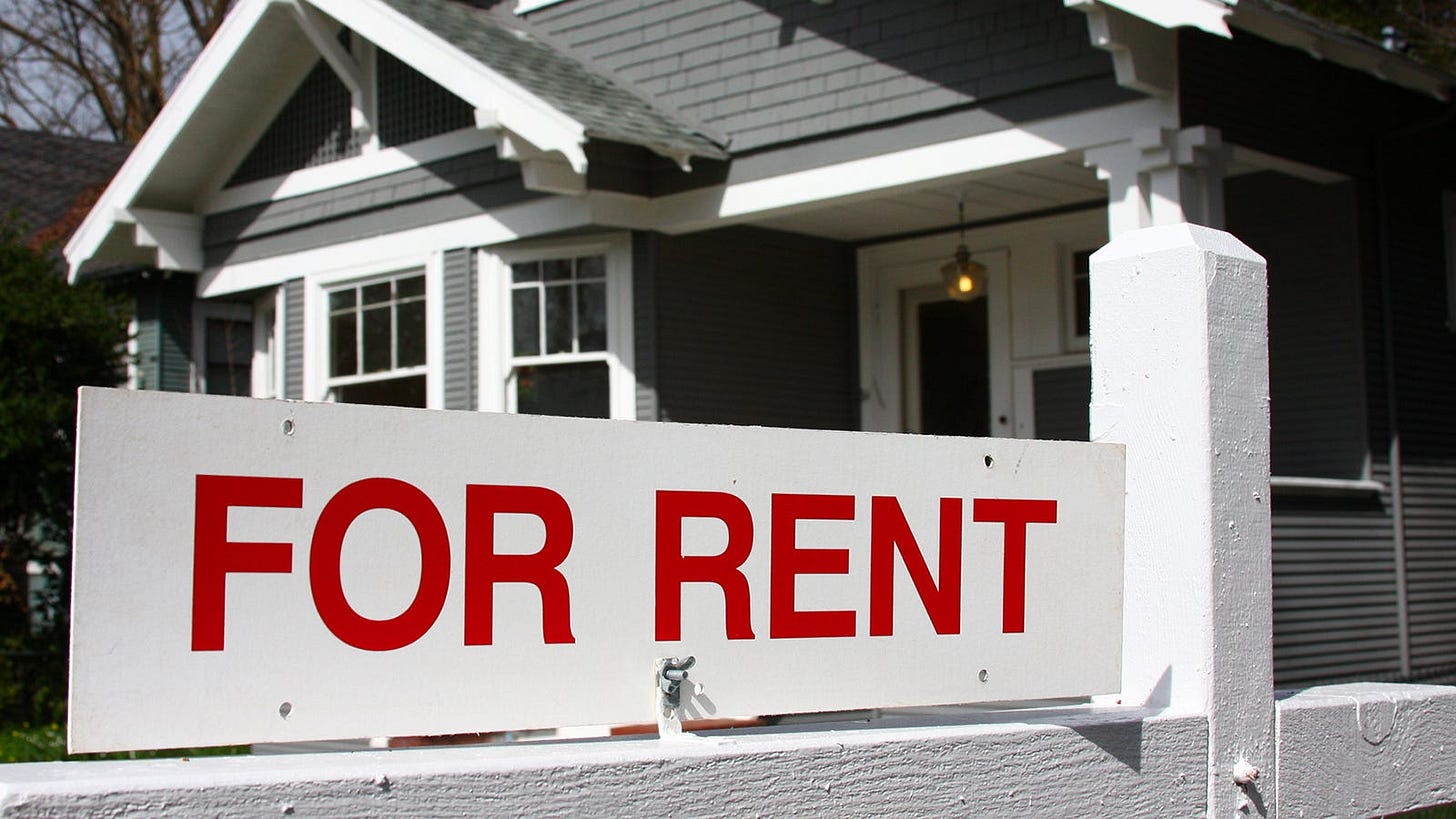“Your Preferred Equity Research” Note on Proptech
Trend: Institutional investors have invested over $87B 💰in single-family rentals (SFRs) 🏠 in 2021 (WSJ), which will create 🌊 of opportunities for startups that provide fintech solutions and property management to landlords.
The last recession started this trend: The strict mortgage underwriting standards that followed the Great Recession led to many suburban homes converting to rentals. As a result, from 2006 to 2018, SFRs in the US grew 30 % to 15M, according to the Urban Institute.
Maturation of Millennials sets the stage: It’s a hot housing market right now that has Millennials competing with (each other) and institutions for what would be starter homes. However, other millennials are locked out of homeownership by heavy student debt burdens, making it challenging to save for a down payment — but optimal renters. As a result, market dynamics have generated demand for property investment marketplaces, such as Roofstock and Doorvest, that provide fractional ownership.
SFR has caught the attention of big names: More institutions view the suburban home as a core asset, on par with apartment or office buildings. Blackstone, Invesco, and Goldman have committed more than $11B to the market this year. According to Redfin, during Q2 this year, 1 in 6 home sales went to an investor. In Atlanta 🍑, Phoenix ☀️ and Miami 🏝, it was 1 in 4. 😱
My thesis: Given that the SFR market is more standardized, corporate landlords will use their resources to produce higher efficiency. Therefore, more software and technology are also available to help manage and operate thousands of disparately located houses.
Historically mom-and-pop landlords have been underserved in insurance products and maintenance services — regulated to fragmented local and regional service providers or complete tasks independently.
The limited housing stock will also result in more renovations, given current homeowners who in previous generations would have just bought a home now will need to start renovations for more space — leaving tremendous opportunities for embedded fintech products to get capital for those projects and construction tech point solutions for high priority projects like roofing and fencing. “Home remodeling will likely grow at a faster pace given the ongoing strength of home sales, house price appreciation, and new residential construction activity,” says Chris Herbert, MD of the Joint Center for Housing Studies.”
Recommendation: Several sub-sectors in proptech have flourished for the last decade thanks to the institutionalization of SFRs — most notably property investment marketplaces. However, I believe the following two subsectors will outperform the growth of most proptech opportunities over the next decade:
Embedded Fintech for property owners (IN): There is a strong need for financial software that helps landlords and owners get higher quality insurance policies (e.g., Obie, Steadily, Renofi).
Property management (TK): It’s easier to buy properties online, but it is still difficult to manage the repair of a leaky faucet. A lot of activity in this sub-sector, but what model will win? (e.g., Humming Homes, Mynd, Belong, Great Jones, Darwin Homes). Also, there are expressive point solutions for the specific repair of large project items like roofing and fencing (e.g., Roofr, Ergeon).




